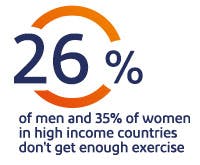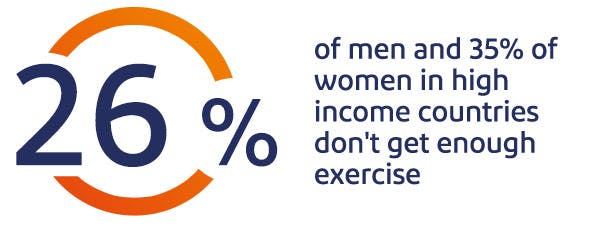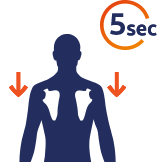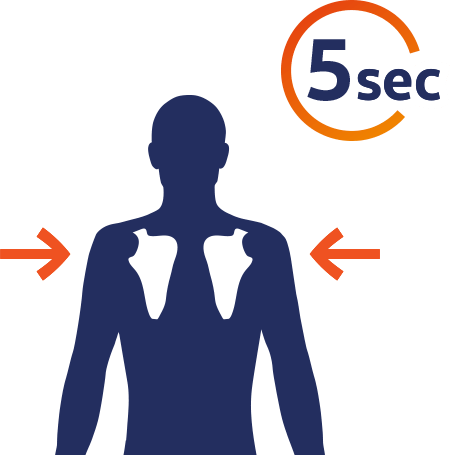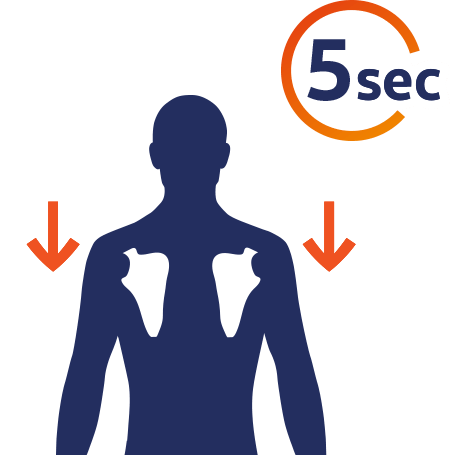Symptoms of shoulder pain
The characteristics of shoulder pain vary, depending on the cause of the problem and they can be felt in different ways.
You may feel shoulder pain all the time, or only when you move your shoulder, and the pain might be temporary or continue (requiring medical diagnosis and treatment).
01
With tendonitis (inflammation of the tendons) and bursitis (where fluid builds up in the sac of fluid that cushions the shoulder joint, called the bursa) there is usually a slow onset of discomfort and you may have difficulty sleeping on the affected shoulder.
02
Frozen shoulder can cause pain, stiffness and restricted movement of the shoulder.
03
How shoulder pain can affect you
Your shoulders provide the flexibility to lift and move your arms freely. So when they are in pain, you may find everyday activities like combing your hair and getting dressed difficult. Painful shoulders will also make it uncomfortable to play sports, lift heavy boxes or reaching above your head.
Did you know?
The rotator cuff is a group of muscles and tendons in the shoulder that connect the upper arm (humerus) to the shoulder blade (scapula). The tendons keep the shoulder stable, while the muscles allow the shoulder to rotate.
72% of people with pain globally experience shoulder pain.
Why do we experience shoulder pain?
There are many reasons why you might experience shoulder pain. For example, it can be caused by inflammation of the tendons (bursitis, tendonitis) or a torn tendon or osteoarthritis, which can lead to pain and discomfort in your shoulder.

Bursitis, tendonitis and tears
Shoulder pain can be caused by bursitis (inflammation of the ‘cushions’ (bursa) between the bones and overlying soft tissues) or tendonitis (the wearing down of the tendon that occurs slowly over time due to overuse). Pain may occur when a tendon tears because of injury or long-term overuse; it becomes more common as we get older as our tendons weaken with age.

Painful shoulder conditions
Shoulder impingement syndrome – where the tendons in the muscle become trapped and repeatedly scrape against the bone above – can cause pain. Some people also suffer from ‘frozen shoulder’, a painful stiffness that occurs when the flexible tissue that surrounds the shoulder joint becomes inflamed.
Expert treatment
To relieve shoulder pain, you can use drugs that can be taken by mouth or applied directly to the shoulder, and which are available from your pharmacy. You may also find that heat or cold packs can help to reduce your pain. Shoulder pain can normally be eased by treatment and exercises that you can do yourself. A pharmacist can usually help with shoulder pain so ask them to suggest the best painkiller – this might be tablets, or a cream or gel you rub on the skin along with other ideas for pain relief.

Stretch your shoulders
This simple stretch helps to ease pain and prevent future symptoms:
Explore our range
Find out how our products can help
Discover the Voltarol product range to find the right product to treat your pain.
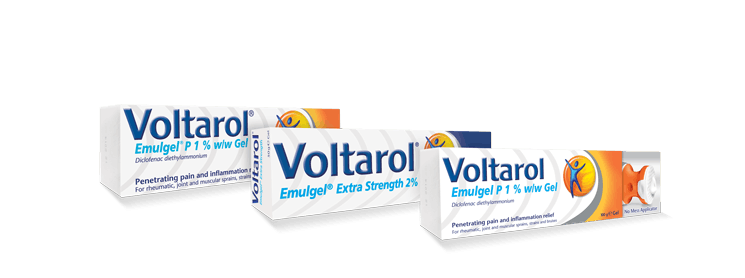
Learn more
What is inflammation?
Learn all about the processes that cause inflammation, why it happens and how it can make our bodies feel.
read moreLearn about your body and how it changes as you age
Find out how your body works, changes you may experience as you get older, and how to deal with age-related body pain.
read moreExercise and your body
Learn more about the benefits of exercise and how keeping fit can help you to stay healthy and relieve pain.
read more